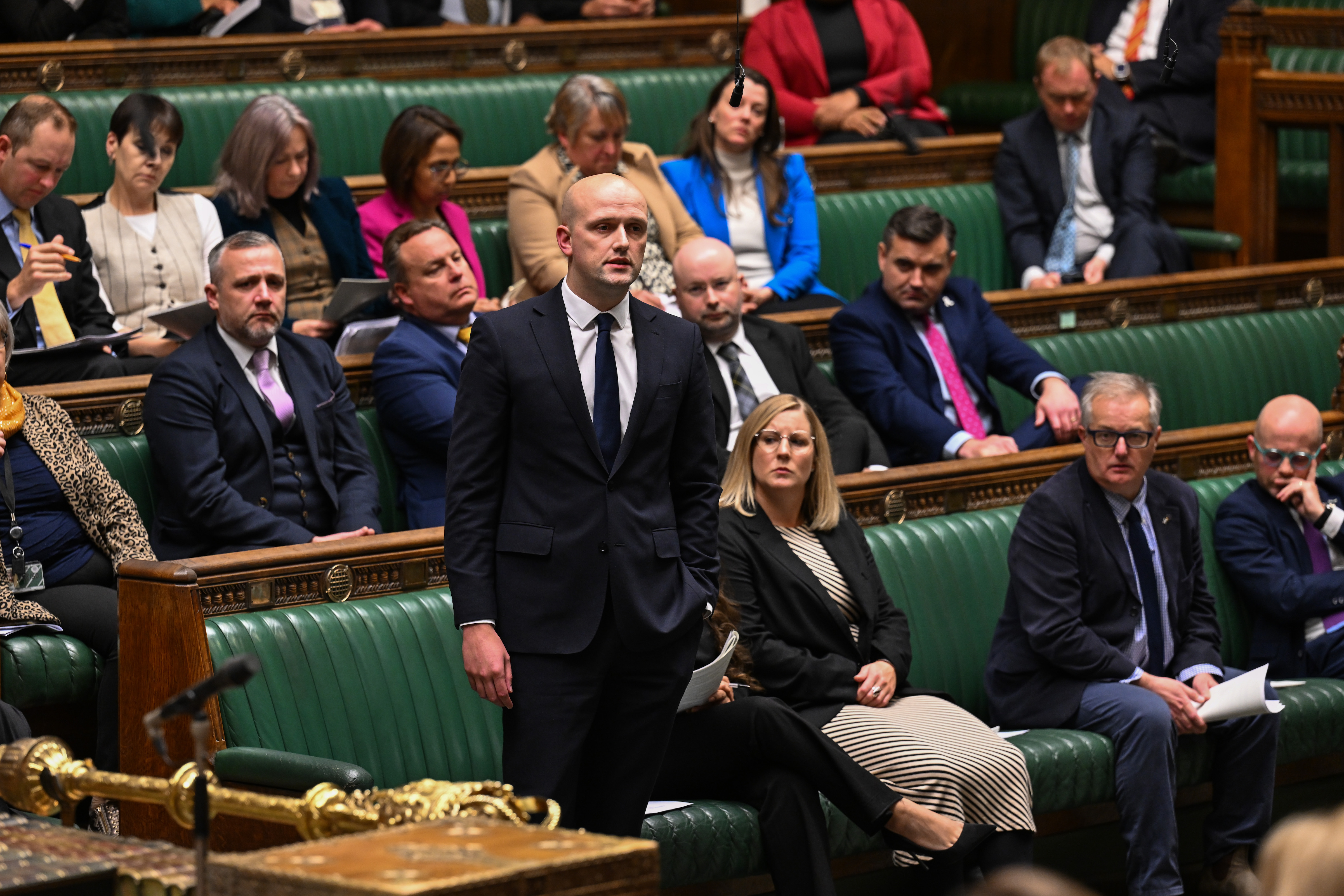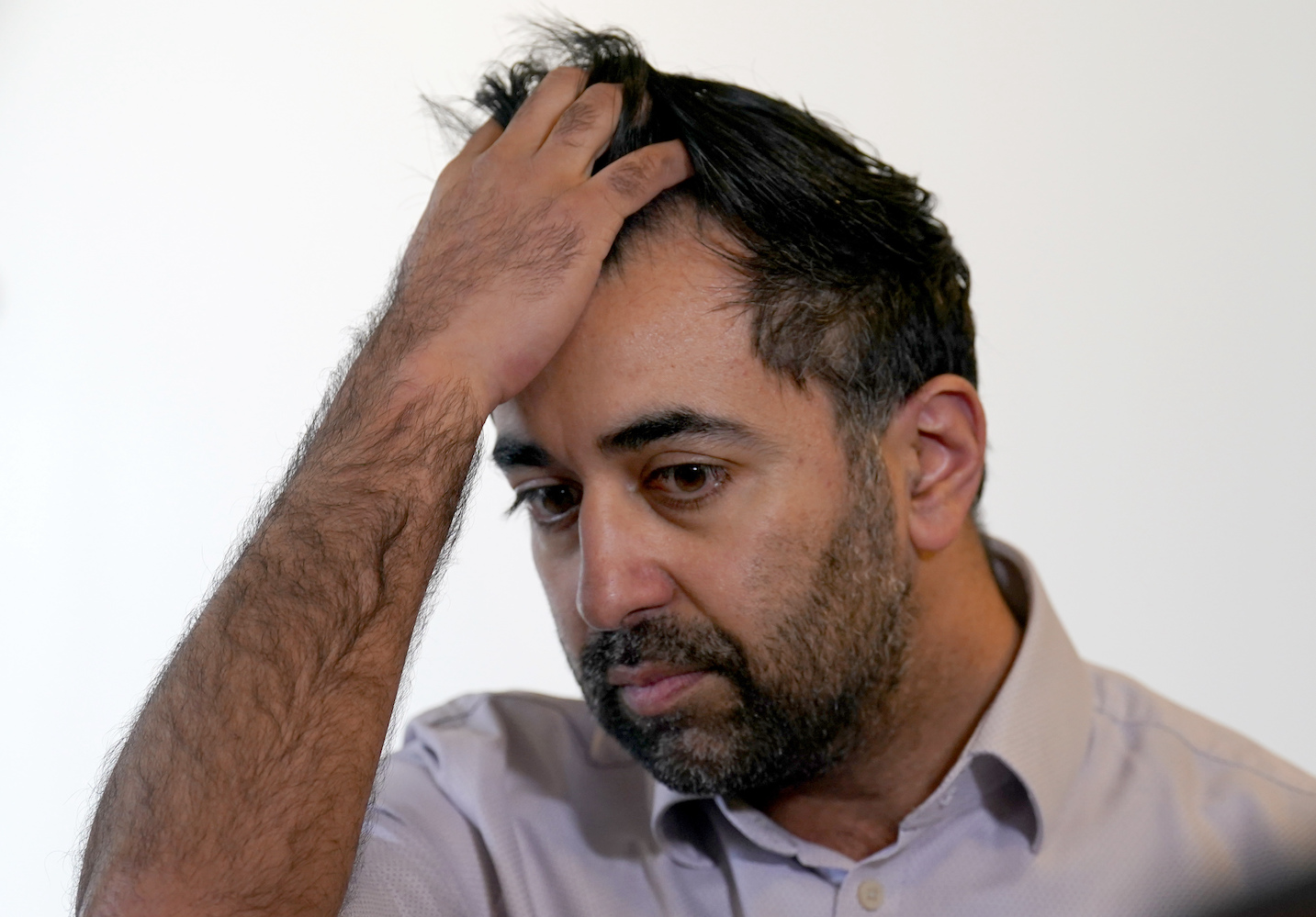What does Ofsted stand for?
Ofsted stands for the Office for Standards in Education, Children’s Services and Skills.
Established initially in 1992 as the Office for Standards in Education, Ofsted’s remit was expanded in 2007 to include children’s services work relating to social care and the courts, and its full title was changed to reflect this.
Similar bodies carry out the same functions as Ofsted elsewhere in the UK: Estyn in Wales; Her Majesty’s Inspectorate of Education in Scotland; and the Education and Training Inspectorate in Northern Ireland.
What is Ofsted?
An independent, non-ministerial government department reporting directly to Parliament, Ofsted is responsible for inspecting and regulating education and training for learners of all ages and for inspecting and regulating those services which care for children and young people.


Its regulatory powers cover child minding, child day care, children’s services, children’s social care, the Children and Family Court Advisory Support Service (Cafcass), state schools, teacher training providers, colleges, and learning and skills providers in England. It also reviews the work of the Independent Schools Inspectorate.

According to the National Audit Office, Ofsted has seen its budget decline by 40% over the last decade.
What are Ofsted Inspections?
Inspections are carried out by one or more inspectors and each inspection must follow a specific framework devised for that particular provider; for example: ‘Framework for the inspection of maintained schools in England’; ‘The Common inspection framework for further education and skills’; and ‘Framework for the regulation of those on the Early Years and Childcare Registers.’
In terms of school inspections, an Ofsted inspector is required to report on the achievement of pupils at the school, the quality of teaching in the school, the quality of leadership in and management of the school, and the behaviour and safety of pupils at the school. Inspectors also consider the spiritual, moral, social and cultural development of pupils at the school and the extent to which the education provided by the school meets the needs of the range of pupils at the school and, in particular, the needs of disabled pupils and those who have special educational needs.
Under the current inspection framework for education providers, inspectors make graded judgements on the respective areas. In terms of an Ofsted rating, schools are graded on a four-point scale: grade 1 (outstanding), grade 2 (good), grade 3 (requires improvement), grade 4 (inadequate).
In December 2019, Ofsted reported that the proportion of all schools judged good or outstanding at their most recent inspection sat at 86%. It was reported that schools with more pupils from deprived backgrounds are still less likely to be judged good than those from more affluent backgrounds.
How often are Ofsted inspections
According to the National Audit Office, in 2018, the average time between inspections of good schools was 4.4 years for primary schools and 4 years for secondary schools – against an internal target of approximately every 3 years.
After a school inspection, a school can be placed into special measures if it is judged as ‘inadequate’ (Grade 4) in one or more areas, and if the inspectors have decided it does not have the capacity to improve without additional help.
Institutions placed into special measures receive intensive support from local authorities, additional funding and resourcing, and regular reappraisal from Ofsted until the school is no longer deemed to be failing. Furthermore, the senior managers and teaching staff can be dismissed or the governing body replaced by an appointed Interim Executive Board. Schools which are failing but where inspectors consider there is capacity to improve are given a ‘Notice to Improve’.
A new Education Inspection Framework (EIF) was introduced in the autumn of 2019 and details the current process of school inspection. A Section 5 inspection is also known as a full inspection; whilst a section 8 inspection relates to a monitoring visit. When inspectors find serious causes for concern, they may extend the section 8 so it becomes a section 5 with the additional legal powers.
Until November 2020, mainstream schools judged outstanding at their last full inspection were exempt from further routine inspections. However this has since changed, and these scools are now subject to routine inspection again. According to analysis published by Ofsted in November 2022, of the 371
formerly exempt schools that had since undergone a subsequent inspection, 17% remained outstanding, 62% were good, 17% required improvement, and 4% were now deeemed inadequate.
How much notice do schools get of an Ofsted inspection
Schools are typically notified the working day prior to the start of a school inspection. However, Ofsted has powers to undertake no-notice inspections in certain circumstances – for example, where there are serious concerns.
Section 10 of the Education Act 2005 gives Ofsted inspectors a right of entry to schools to carry
out an inspection. It is an offence to intentionally obstruct the Chief Inspector in the conduct of an
inspection under those sections.
The debate around Ofsted
Defenders of the current system
Supporters of the current arrangements point to the large degree of public support for the simple four point grading system operated by Ofsted.
A 2018 study by the group ParentKind showed that parents made relatively high use of Ofsted reports. 55% of parents said they looked at Ofsted reports when choosing a school and 65% of parents said they found it easy to understand Ofsted’s written reports.
According to a similar 2018 parent study by the polling organization, You Gov, 74% of parents agreed that the information Ofsted provided was reliable, 67% of parents agreed that Ofsted is a valuable source of information, and nearly nine in 10 parents knew the rating their child’s school received at the last Ofsted inspection.
The simplified grading system is said to be easy to understand and similar to the approach used by other regulatory bodies such as the Care Quality Commission and Her Majesty’s Inspectorate of Constabulary and Fire & Rescue Services. It is said to allow for resources, in terms of subsequent inspector times and follow up, to be most effectively allocated to those institutions requiring additional support.
Responding to criticism that it is unpopular with teachers, Ofsted itself has pointed to the 2018 YouGov study that showed 49% of teachers agreed that a clear grading system allows schools to know what they are aiming for and helps parents.
Criticism of the current system
For much of its lifetime, Ofsted has existed in a state of high tension with schools and other educational institutions, because of its perceived willingness to criticise and find fault.
It is suggested that Ofsted impacts negatively on the health and well-being of staff and drives teachers out of the profession. In 2019 Ofsted itself commissioned a survey on the wellbeing of teachers, which itself reported that teacher’s working practices were heavily influenced by the demands of the regulator. It was suggested that teachers worked a 50 to 57 hour week, and over half of that was spent outside the classroom, on meetings, and data entry tasks prescribed as preparation for Ofsted inspections.
In March 2023, Ofsted came under fresh scrutiny after Ruth Perry, the headteacher of Caversham Primary School in Hemdean Road, was said to have taken her own life after learning Ofsted was downgrading the school from “outstanding” to “inadequate”. Her death led to a parliamentary petition, and calls for reform of the schools inspection programme, including the abolition of single word ratings. In a statement, Ms Perry’s family said, “We are in no doubt that Ruth’s death was a direct result of the pressure put on her by the process and outcome of an Ofsted inspection at her school”. The head of Ofsted, Amanda Spielman was criticised for subsequently describing the findings of the inspection as ‘secure’.
A 2014 poll of teachers, carried out by Teacher Support Network found that over 90% of teachers felt Ofsted inspections had a neutral or negative impact on students’ results.
Those critical of the current structure of OFSTED point to how the simplified grading system can place an enormous amount of pressure on schools and head teachers.
It has been also been reported that it is particularly difficult and challenging to provide accurate grades for very large and complex further education and skills providers that are spread across a range of settings or regions.
It is suggested that the high-stakes nature of accountability in terms of the current grading system can lead to providers gaming the league tables. It has been speculated that this can involve ‘off- rolling’ particular pupils, narrowing the curriculum to focus on assessed subjects, and prioritising those qualifications that are seen as easier to achieve even if they are not best for pupils, particularly those from disadvantaged backgrounds, It is also suggested that it dis-incentivises collaboration with other providers.
Other criticisms have included the fact that some Ofsted inspectors are said to lack the knowledge required to make fair judgments of lessons, with a 2014 report but the think tank Policy Exchange likening some of Ofsted’s judgements to that of ‘flipping a coin’.
A particular criticism is directed upon the practice whereby outstanding schools are exempted from routine inspection, with some outstanding schools not being inspected again for over 10 years. It has been pointed out that a providers effectiveness is not always stable, and that this exemption should be removed.
What is Labour’s position on Ofsted
Speaking to the ASCL annual conference in March 2023, Shadow Education Secretary Bridget Phillipson described an independent education inspectorate as the “sign of a mature and confident education system”.
The party has said it wants to address “the way inspections operate” suggesting the current system “makes teachers, leaders and lecturers too often feel punished rather than supported”. Ms Phillipson has described the existing regime as “adversarial” and the party is said to be considering reforming the current Ofsted grading system.
Labour has called for the inspection of multi-academy trusts, which it claims is “missing”.
Structure of Ofsted
Ofsted is headed by Her Majesty’s Chief Inspector (HMCI) who has overall responsibility for the organisation, management and staffing of Ofsted. HMCI is also the Accounting Officer for Ofsted and is answerable to Parliament for the proper use of resources.
The Chief Inspector is supported by an Executive Board of Directors who meet at least fortnightly and the Ofsted Board which meets at least four times a year and is responsible for Ofsted’s strategic direction and for ensuring HMCI and Ofsted perform efficiently and effectively.
According to its annual report, Ofsted currently employs 1,800 staff across 8 regions.
In 2019/20 Ofsted’s annual budget was excess of £130 million. According to an National Audit Office in May 2018, Ofsted’s budget has been falling consistently, having dropped from £280 million in 2005-06 to £167 million in 2015-16, a decrease of 40% in real terms.
History of Ofsted – Early years
Prior to 1992, schools were inspected by Local Education Authority (LEA)-employed inspectors. However, this system fell into disrepute because of inconsistent standards across the country and concerns about the independence of inspectors of local chief education officers and councillors.
The Office for Standards in Education (Ofsted) was formed under the Education (Schools) Act 1992, as part of the major overhaul and centralisation of the school system begun by the Education Reform Act 1988, which introduced the National Curriculum, extensive testing in schools and the publication of league tables. The impetus to form Ofsted also came partially from the perceived unwillingness of left-leaning LEAs and inspectors to implement elements of the Conservative government’s agenda.
Initially through the Section 9 inspections of the 1992 Act, and then Section 10 of the School Inspections Act 1996, primary, secondary and special schools had been inspected in a four-yearly and subsequently six-yearly cycle.
Ofsted increased its role with the overhaul of Further Education brought about by the Learning and Skills Act 2000, which empowered it to inspect FE colleges and school sixth forms. The Care Standards Act 2000 widened Ofsted’s powers further to nursery education and childcare, and took Ofsted’s role out of the inspection and advisory spheres for the first time, making it responsible for maintaining the approved childminder register.
Although the 1996 Act explicitly stated that Local Education Authorities were entitled to carry out their own inspections of schools under their control, LEAs themselves have been subject to inspection by Ofsted and the Audit Commission since 1998.
During its early years, Ofsted was particularly controversial. At least some of the difficulty for many years was attributed by many to the personal style of the confrontational Chief Inspector, Chris Woodhead, who ran the Office in its early years from 1992 until 2000.
Under Mr Woodhead, Ofsted pursued a strong accountability agenda and accepted no excuses for failure, undertaking many initiatives that were deeply unpopular in schools – particularly the policy of “naming and shaming” failing schools and their staff and the publication of league tables for primary schools. Mr Woodhead also campaigned vociferously against “fashionable” teaching methods and falling standards in schools in favour of “old fashioned” education.
Mr Woodhead resigned in 2000, claiming that he could not accept some of the educational policies of the Labour Government (which had reappointed him in 1997). His departure was widely celebrated by teachers, who believed that his policies had blamed educational standards, which owed as much to a lack of funding and equipment, entirely on “lazy” or “incompetent” staff.
The inspection regime was amended in 2005 to reduce the burden on schools posed by inspections and to improve their efficacy. From September that year schools had just two days notice of an inspection, compared to six to ten weeks previously, and were required to keep their own self-assessment reports which Ofsted could refer to.
The aim was to reduce regulation on good schools while taking tougher action on those that were underperforming. A similar regime was introduced in early years services in April 2005, although self-assessment was not a requirement, and in teacher training providers in September 2005. It was extended to the independent school sector in January 2007, and planned for further education colleges later that year.
In April 2007 the Office for Standards in Education, Children’s Services and Skills (the present Ofsted) was formed through the amalgamation of four separate inspectorates; they were – the previous Ofsted; the children’s social care remit of the Commission for Social Care Inspection (CSCI); the inspection work of the Adult Learning Inspectorate (ALI); and the inspection remit of Children and Family Court Advisory and Support Service (CAFCASS) from Her Majesty’s Inspectorate of Court Administration (HMICA).
This expansion made Ofsted one of the largest regulatory and inspection bodies in England. The new post of Ofsted chair .was created at the same time to reflect Ofsted’s expanded remit.
Statistics
In 2019/20, Ofsted understood 5,009 visits and inspections ot schools, 94 to further education colleges, 10,627 in early years settings, and 3,167 in relation to social care facilities. [Ofsted Annual Report, 2019/20]
Of 35,763 activities in 2019/20, Ofsted received 890 complaints (2.5%), of which 19% were upheld. [Ofsted Annual Report, 2019/20]
According to a 2018 poll commissioned by the group ParentKind, 54.8% of parents said they looked at Ofsted reports when choosing a school; 65% of respondents said they found it easy to understand Ofsted’s written reports. However eight out of 10 (80.95%) of all the parents surveyed did not think the Ofsted report was as important as location and local reputation of the school.
In January 2020 Ofsted published research and analysis on ‘stuck’ schools (schools that have been graded as less than good consistently for 13 years or more). As of August 2019, it was said that 210,000 pupils were being educated in ‘stuck schools’.
Government expands funding to support schools in tackling bullying
Ofsted says dearth of foster carers means children are missing out on support


























